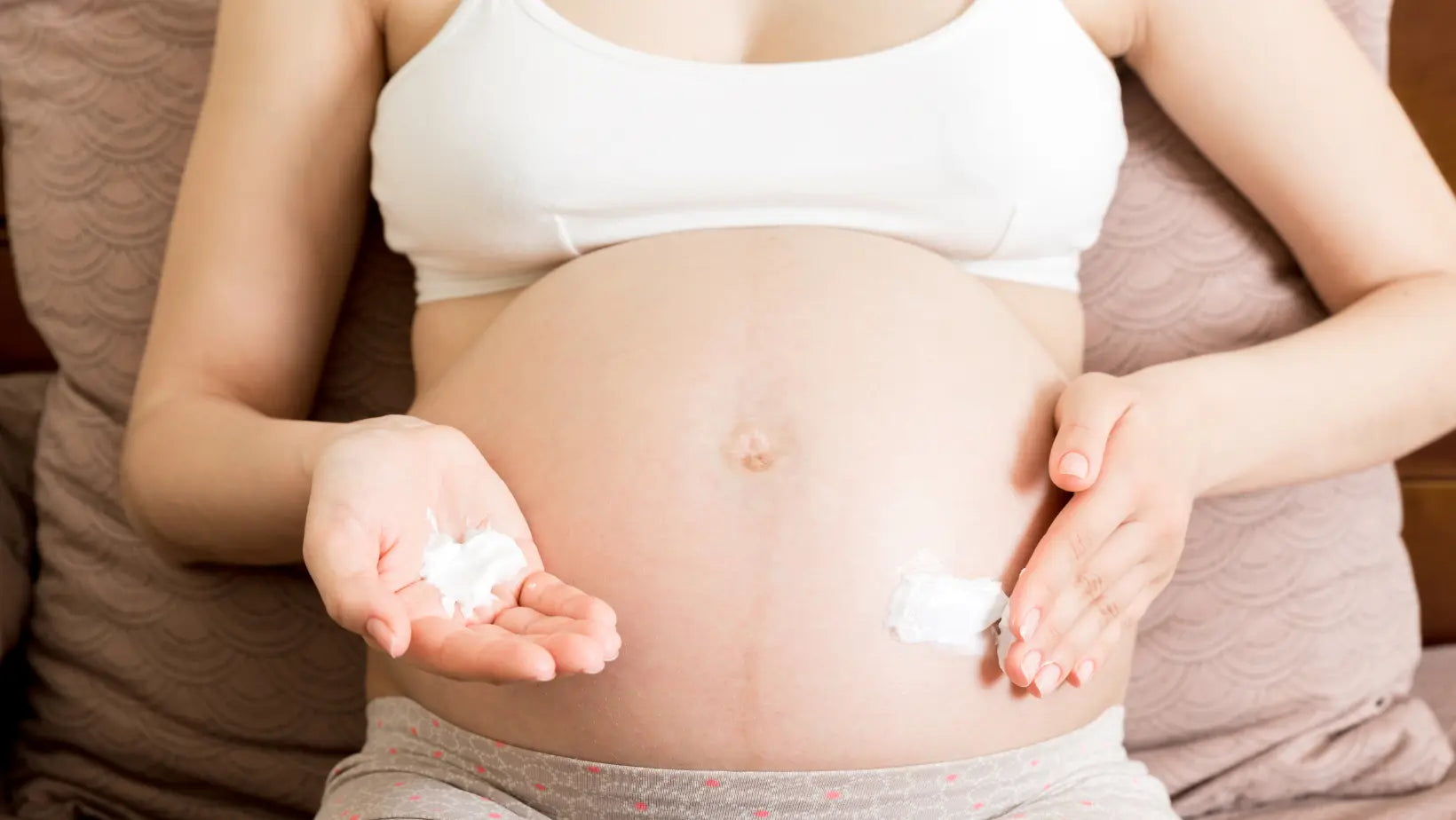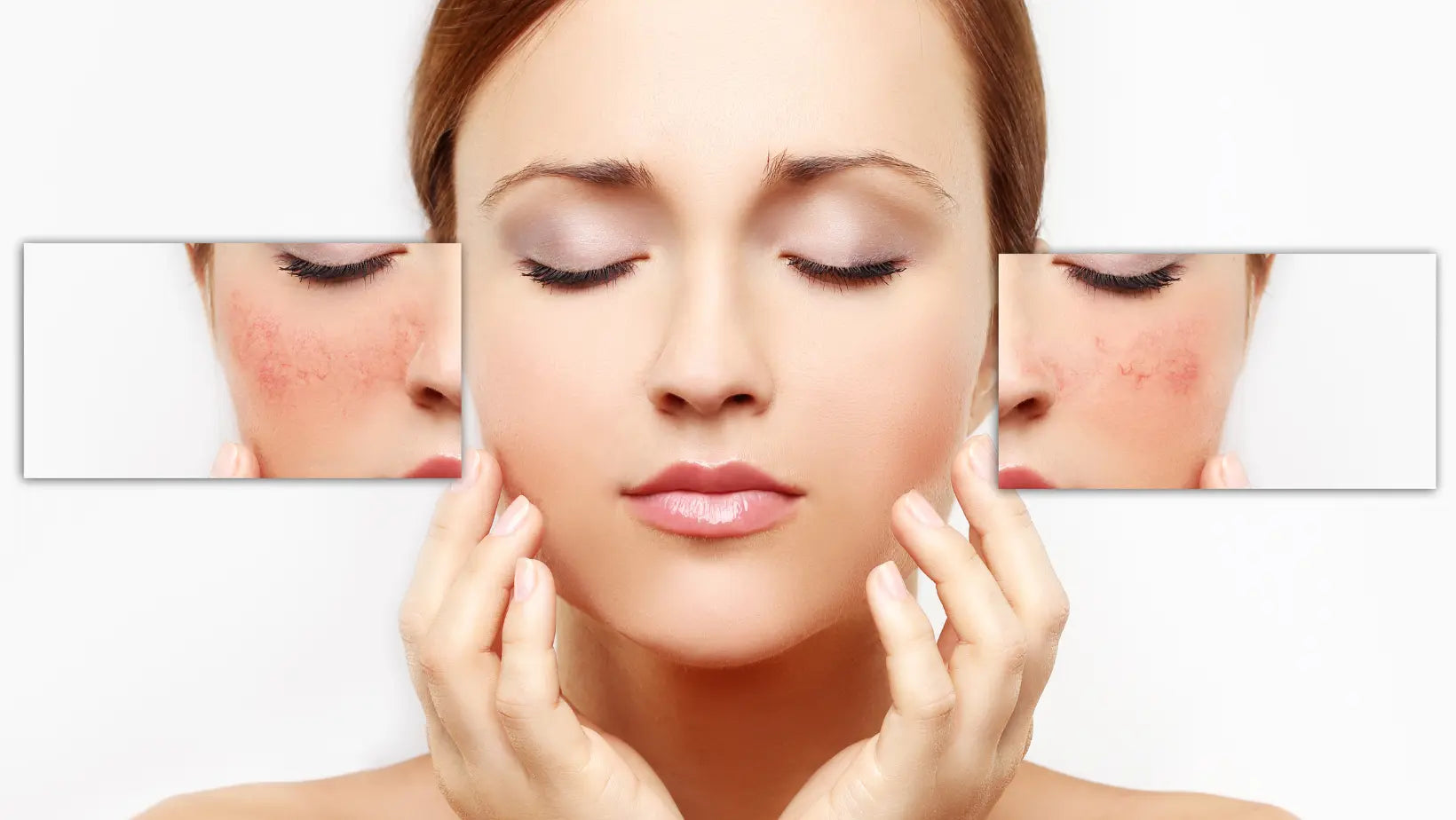
Stretch marks during pregnancy: A detailed look and effective solutions
Stretch marks during pregnancy represent one of the visible body changes that can cause anxiety and questions for many women. They appear when the elastic fibers in the skin, responsible for flexibility and stretching, break due to rapid expansion and the influence of hormonal fluctuations specific to pregnancy. Although it is a common phenomenon, affecting a large number of pregnant women, stretch marks can vary significantly from person to person in terms of intensity, affected area, and even color, ranging from shades of pink, violet, and reaching silver-white tones once they mature.
Beyond the physical appearance, the emotional impact of stretch marks should not be underestimated. The self-esteem of expectant mothers can be affected, as these visible signs of pregnancy may be perceived as a negative change in body appearance. Awareness that stretch marks are a normal and natural part of the pregnancy process is essential, as is the understanding that, despite their permanent nature, there are methods to improve their appearance.
Education and acceptance of one's own image are key steps in addressing this common concern. Sharing experiences and advice with other women going through the same transformations can provide valuable emotional support and help rebuild affected self-esteem. It is also important to remember that, despite the changes it brings, pregnancy is a unique and special period in a woman's life, and stretch marks can be seen as memories of this incredible journey.
Why do stretch marks appear during pregnancy?
The appearance of stretch marks during pregnancy is a fairly common phenomenon and is mainly due to the rapid adaptation of the body to the changes that occur over the nine months. As the fetus grows, the skin is subjected to continuous pressure and stretching, which can exceed the capacity of the elastic fibers and collagen in the dermis to keep the skin smooth and taut. These fibers, essential for the elasticity and strength of the skin, can break under increased tension, resulting in the formation of stretch marks.

Moreover, hormonal changes that occur during pregnancy play a significant role in the appearance of stretch marks. Hormones such as estrogen and cortisol can affect fibroblasts, the cells responsible for producing collagen and elastin, weakening the skin's structure and thus facilitating the breaking of fibers under the pressure of skin stretching. This structural weakness makes the skin more susceptible to damage, manifesting as lines and wavy bands on the skin's surface.
Additionally, genetic predisposition can influence a woman's susceptibility to stretch marks. If there is a family history of stretch marks, a person may be more prone to developing them during pregnancy or other periods of rapid weight changes.
How does it manifest itself?
The appearance of stretch marks usually begins in the intermediate stages of pregnancy, when the rapid growth of the fetus puts the greatest pressure on the skin. Initially, they appear as thin, wavy lines that can be red, pink, or purple, depending on the skin tone and blood flow in the affected area. This color spectrum indicates the active phase of stretch marks, when the skin is most intensely affected by the breaking of elastic fibers.
In addition to visual changes, stretch marks may be accompanied by a slight sensation of itching or discomfort. This is a reaction of the skin to the healing and regeneration process taking place in the dermis. Itching is a common symptom in this phase and can vary in intensity from person to person.
As time passes and stretch marks begin to heal, their vibrant color fades, turning into lighter shades, up to silvery white or gray. This fading process reflects the decrease in inflammation and the stabilization of the scar tissue that has formed in place of the broken elastic fibers. Although stretch marks become less visible in this final stage, they do not disappear completely, becoming permanent marks of skin stretching.
Are stretch marks during pregnancy limited to the abdominal area, or can they also appear in other parts of the body?
Stretch marks during pregnancy are not limited to the abdominal area, although this is one of the most commonly affected areas due to the rapid growth of the uterus. In reality, stretch marks can appear on any part of the body that experiences significant and rapid stretching. Common areas, besides the abdomen, include the breasts, thighs, buttocks, and even the lower back.

During pregnancy, hormonal changes and weight gain can contribute to the appearance of stretch marks in these areas, as the skin stretches to accommodate the body's new shapes. Additionally, rapid weight fluctuations, regardless of the cause, can lead to the formation of stretch marks, making them a common phenomenon for many women during this significant period of their lives. Therefore, it is essential to pay attention to skin care over the entire body, not just the abdomen, to minimize the appearance of stretch marks throughout pregnancy.
Can you prevent stretch marks during pregnancy?
Although completely preventing stretch marks can be difficult, there are strategies that can minimize the risk of their appearance and severity. Maintaining a healthy body weight and gradual weight gain during pregnancy are essential to reduce excessive stretching of the skin. A sudden or excessive weight gain can put additional pressure on the skin's elastic fibers, increasing the chances of tearing and the formation of stretch marks.
Skin hydration also plays a crucial role in the prevention of stretch marks. Regular use of lotions and emollient creams can help maintain skin elasticity, making it more resistant to stretching. Products enriched with ingredients such as vitamin E, shea butter, coconut oil, and aloe vera gel can provide deep hydration and support skin regeneration.
A balanced diet, rich in vitamins (especially vitamin C and E), minerals, and essential fatty acids, contributes to skin health from within. These nutrients support the production of collagen and elastin, the key components that provide the skin with flexibility and resilience.
Additionally, regular physical exercise can improve blood circulation and help maintain skin elasticity. Physical activities adapted for pregnancy, such as prenatal yoga or light walks, can be beneficial both for overall well-being and for skin health.
Although genetic factors and certain conditions cannot be controlled, adopting these preventive measures can help reduce the risk of stretch marks and maintain the health and appearance of the skin during and after pregnancy.
What to do if you already have stretch marks?
If you are already dealing with stretch marks, it is not too late to take measures to reduce their visibility and improve the appearance of your skin. An essential first step is intensive hydration of the affected area. Well-hydrated skin is more elastic, which can minimize the appearance of existing stretch marks and prevent new ones from forming. Creams and lotions specially formulated for stretch mark treatment can be particularly effective, as they contain active ingredients that stimulate skin regeneration, such as retinol, hyaluronic acid, cocoa butter, vitamin E, and essential oils.
In addition to daily hydration, gentle exfoliation of the skin can help remove dead cells from the surface and promote cell regeneration. This process can make stretch marks appear less visible by improving the texture and tone of the skin. Exfoliation should be done carefully, using gentle products, to avoid irritating the skin.
Professional treatments, such as microdermabrasion, laser therapy, and pulsed light therapy, also offer solutions for reducing stretch marks by stimulating collagen production and improving the appearance of the skin.
Royal & Rich range for stretch marks

Stretch Royal & Rich stretch mark cream
Royal & Rich presents to you Stretch Cream for stretch marks, a trusted ally in the fight against marks left by pregnancy or weight fluctuations. This cream is the result of a careful selection of natural ingredients, including nourishing vegetable butters, essential oils rich in therapeutic properties, pure propolis, and honey, all enriched with precious minerals from the Dead Sea.
The advanced formula is designed not only to intensely hydrate and tone the skin but also to prevent the appearance of new stretch marks, while providing specific care to prone areas such as the abdomen, breasts, hips, and thighs.
The distinctive features of the cream include:
- Effective prevention of the appearance of stretch marks, protecting the integrity of the skin;
- Deep hydration and toning, for visibly firmer and revitalized skin;
- Specialized care for sensitive areas such as the breasts, abdomen, hips, and thighs;
- A pleasant texture, easily absorbed by the skin, that does not leave greasy or sticky marks.
By consistently using the Stretch Cream from Royal & Rich, you will notice a significant improvement in the appearance of your skin, becoming more supple, smoother, and visibly healthier. Allow yourself to rediscover the beauty of well-cared-for skin and enjoy a rejuvenated look, even after the challenges brought by pregnancy or weight fluctuations.
Choose to pamper your skin with the care it deserves, to look radiant and healthy every day.
You can also see the rest of our stretch mark products by visiting: RoyalRich.ro.



Leave a comment
This site is protected by hCaptcha and the hCaptcha Privacy Policy and Terms of Service apply.